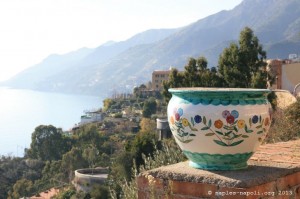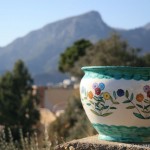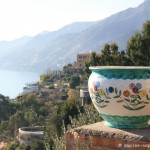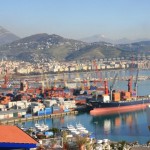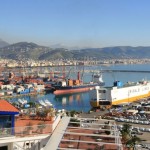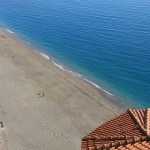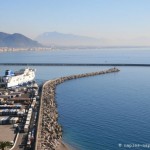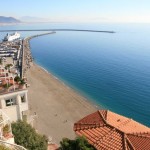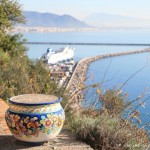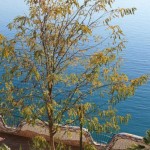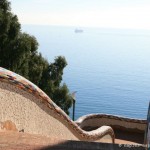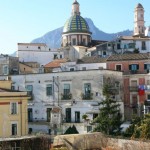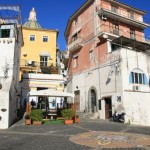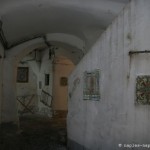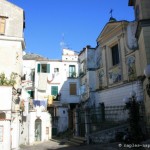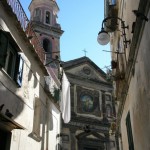Vietri sul Mare, home to nearly 8300 inhabitants, lies at the beginning of the Amalfi Coast, in the immediate vicinity of the city of Salerno.
The historic village stretches over the hills overlooking the coast where the marina is.
The economy is based on crafts and tourism as carpenters in the Marina di Vietri.
The passing of the Germans left Vietri with the chemical techniques of coloring ceramics.
The ceramic industry was launched in the late Renaissance, thanks to the Sanseverino Princes and since then has always been a symbol of the city.
A little history
The Etruscans were the first to settle in this area.
The history of Vietri is linked until 1806 to that of Cava de ‘Tirreni, of which it was a district. Its marina was used by the monks of the abbey as a port to trade especially with the southern region of Salerno as the “Piana del Sele”
In 1944, Salerno was the capital of Italy for a few months and King Victor Emmanuel III stayed in the nearby Villa Guariglia, located in the town of Raito, west of Vietri.
Monuments and places of interest
- The parish church of St. John the Baptist, built in the style of the seventeenth century Neapolitan end of the Renaissance, whose tip bell tower is painted ceramic. The nave has altars decorated with faience and ceramics.
- The Brotherhood of the Annunciation and the Rosary, built in the 17th century whose facade is decorated with painted pottery
- Other churches
- The Villa Guariglia in Raito
- The tower of the Vietri Marina.
- The Dragonea Tower (1100)
- The Solimene ceramics factory (Video) whose interior contains an extensive collection of contemporary ceramics.
- The Molina Bridge (1564)
- The Church of Our Lady of the Arc
- The stairs leading to the village of Raito whose streets follow the old paths that were used by the population to take refuge on the heights to defend against the attacks of the Saracens.
The pirate tracking system included numerous watchtowers on the coast: Salerno’s Angellara Tower, Crestarella Tower, Este Tower, Cetara Tower, Normans’ Tower in Maiori.
Sentinels sent signals of fire and smoke.
Towards the heights of Raito and Este are natural springs. Trails, the Avvocatella, lead to the “Path of the Gods” through which we can reach the Mount Avvocata Pertuso to Positano.
- Vietri sul Mare


